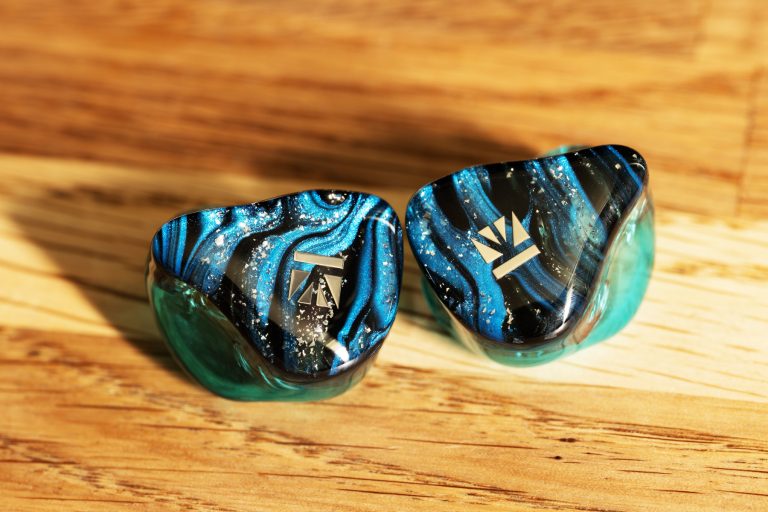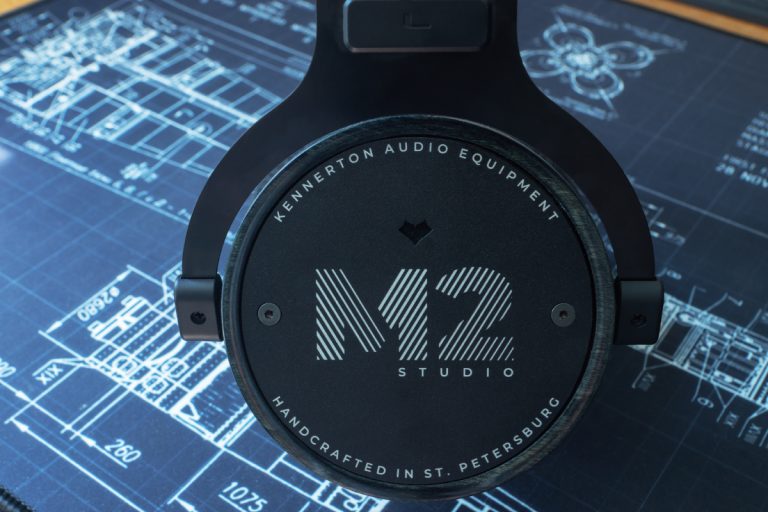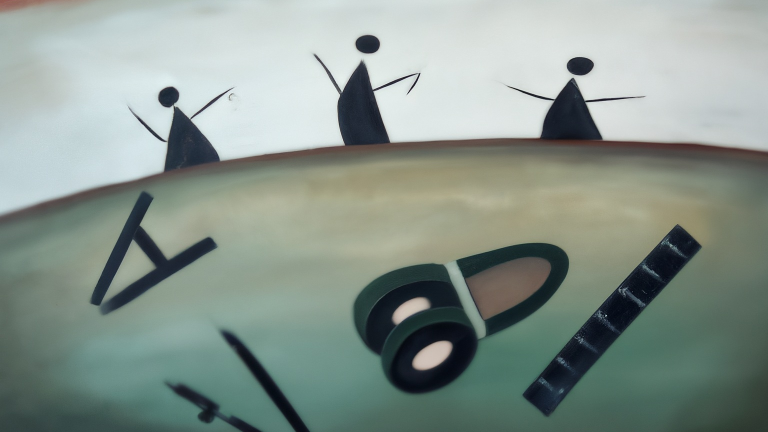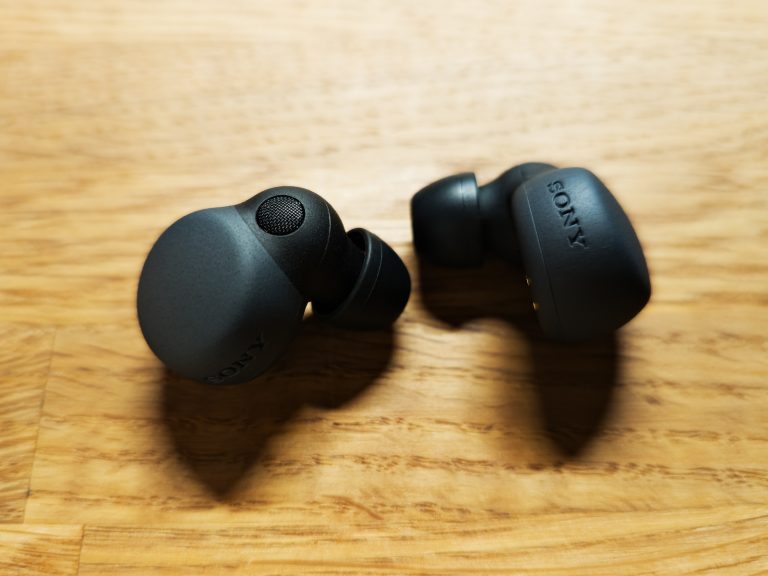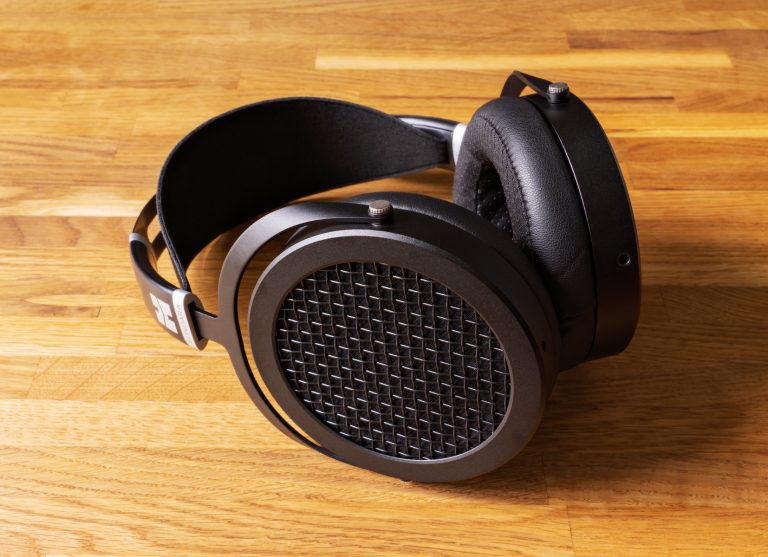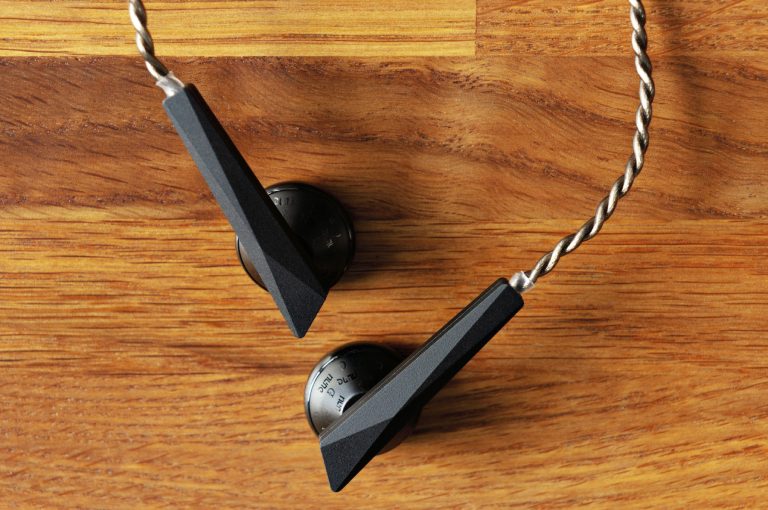Aune SR7000 Over-Ear Headphones Review
Aune released AR5000, its first over-ear headphones, about a year ago, and these headphones were great, which I honestly wrote about. I wrote about them so well that my text won a small review contest afterwards, for which the manufacturer sent me another pair of the same headphones (I bought the first ones myself).
Now SR700, a new model, have appeared. Aune remembered about me and sent them to me for a review in advance, put it that way. Therefore, today we’ll talk about the new ‘big’ Aune headphones. We’ll praise them, and scold them, and give a strict verdict. Well balanced and spot on, as always.
Dear Aune company, thank you so much for the headphones!
The headphones are sold at a price of €640 in the manufacturer’s store and for 49,000 ₽ (~$560) on well-known Russian marketplaces, with an unknown degree of fakeness though.
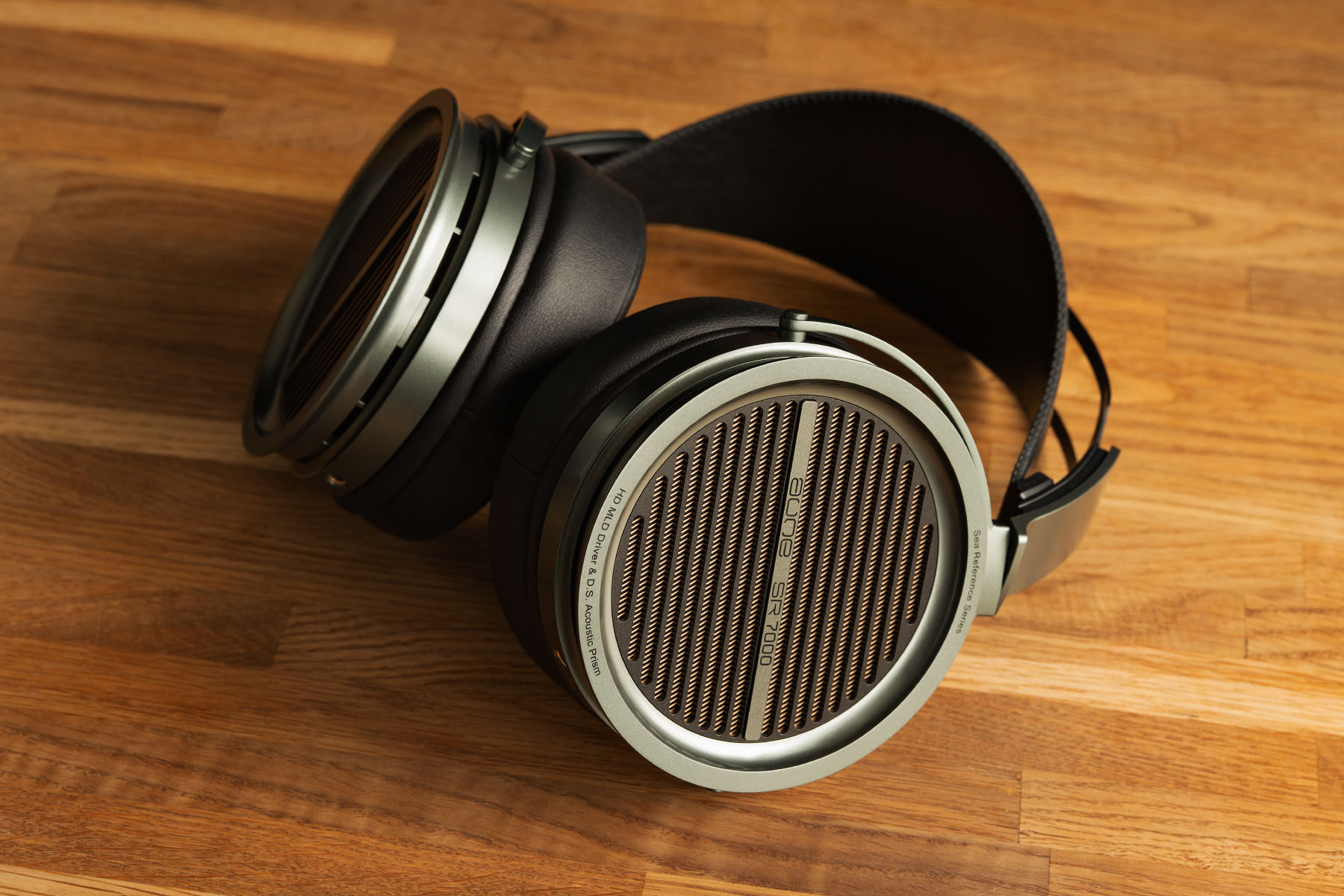
All but the sound
The headphones come in a huge box, inside of which there is a high-quality hard case with a waterproof zipper.
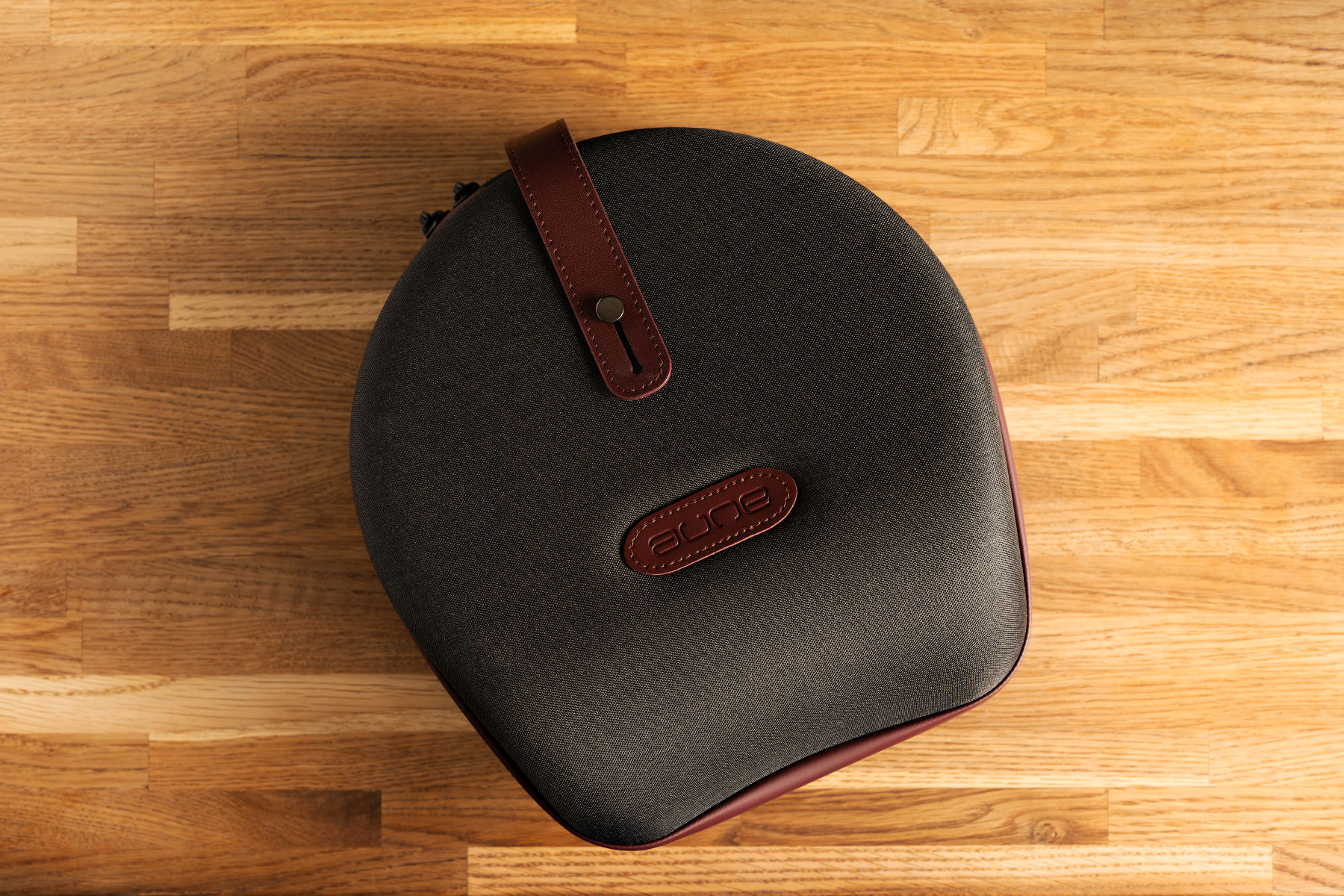
When we open the case, we can see the headphones and two cables.
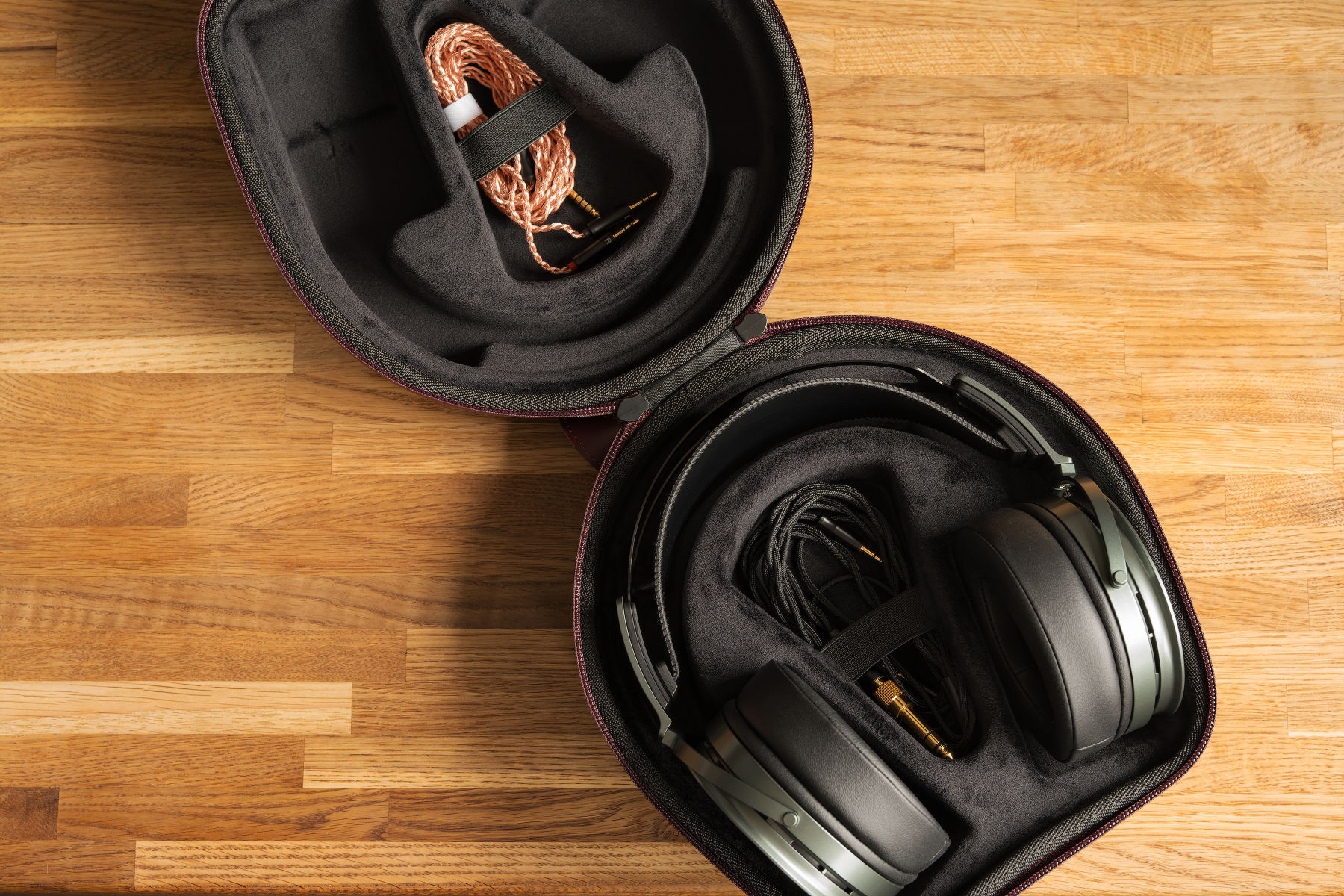
The headphones themselves use the same recognizable design code that the AR5000 model followed. There are large round plastic earcups with metal grids. Metal elements are used only in load-bearing units.
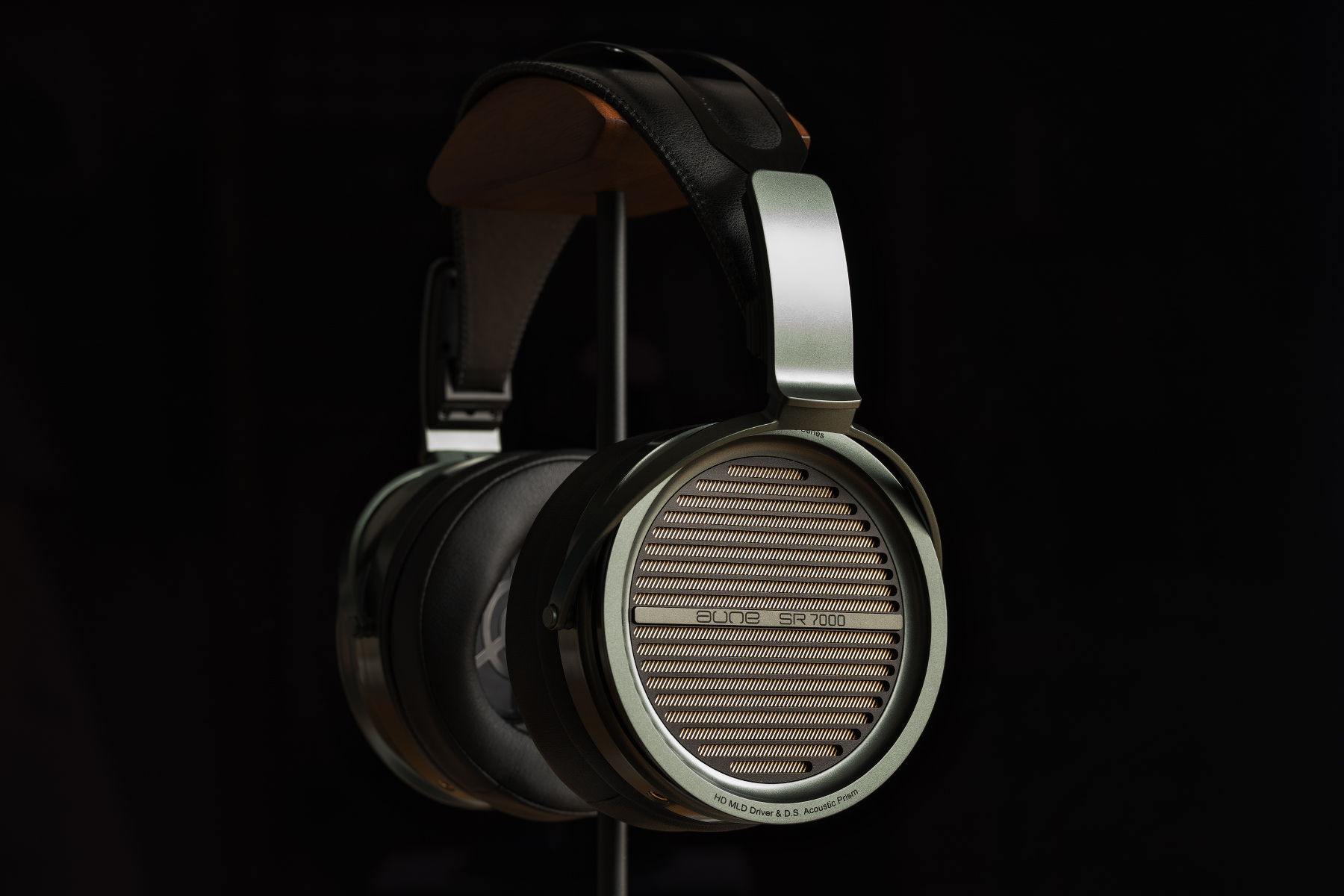
The name of the model is written on the outside of the cups.
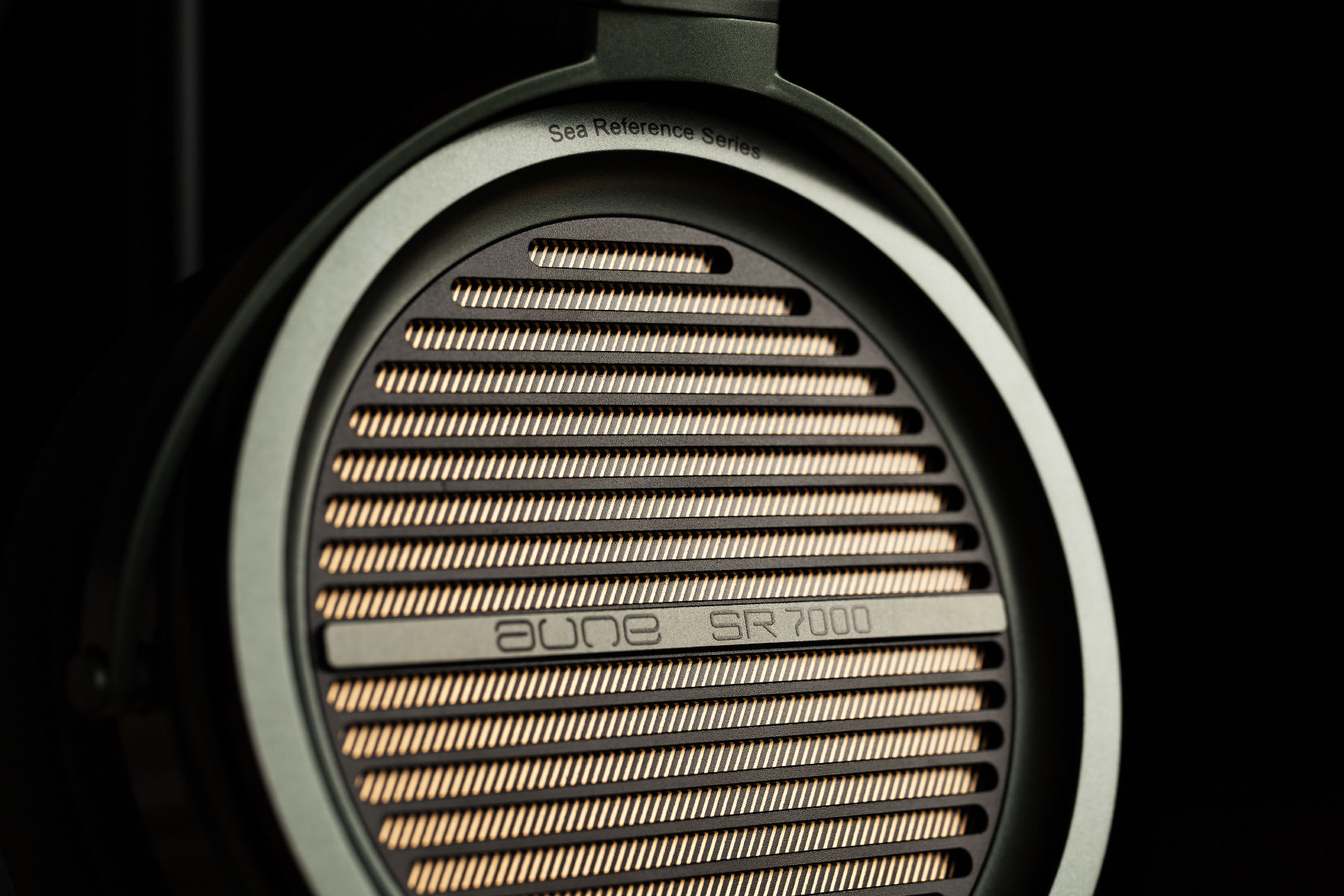
The 3.5mm connectors are set at an angle.
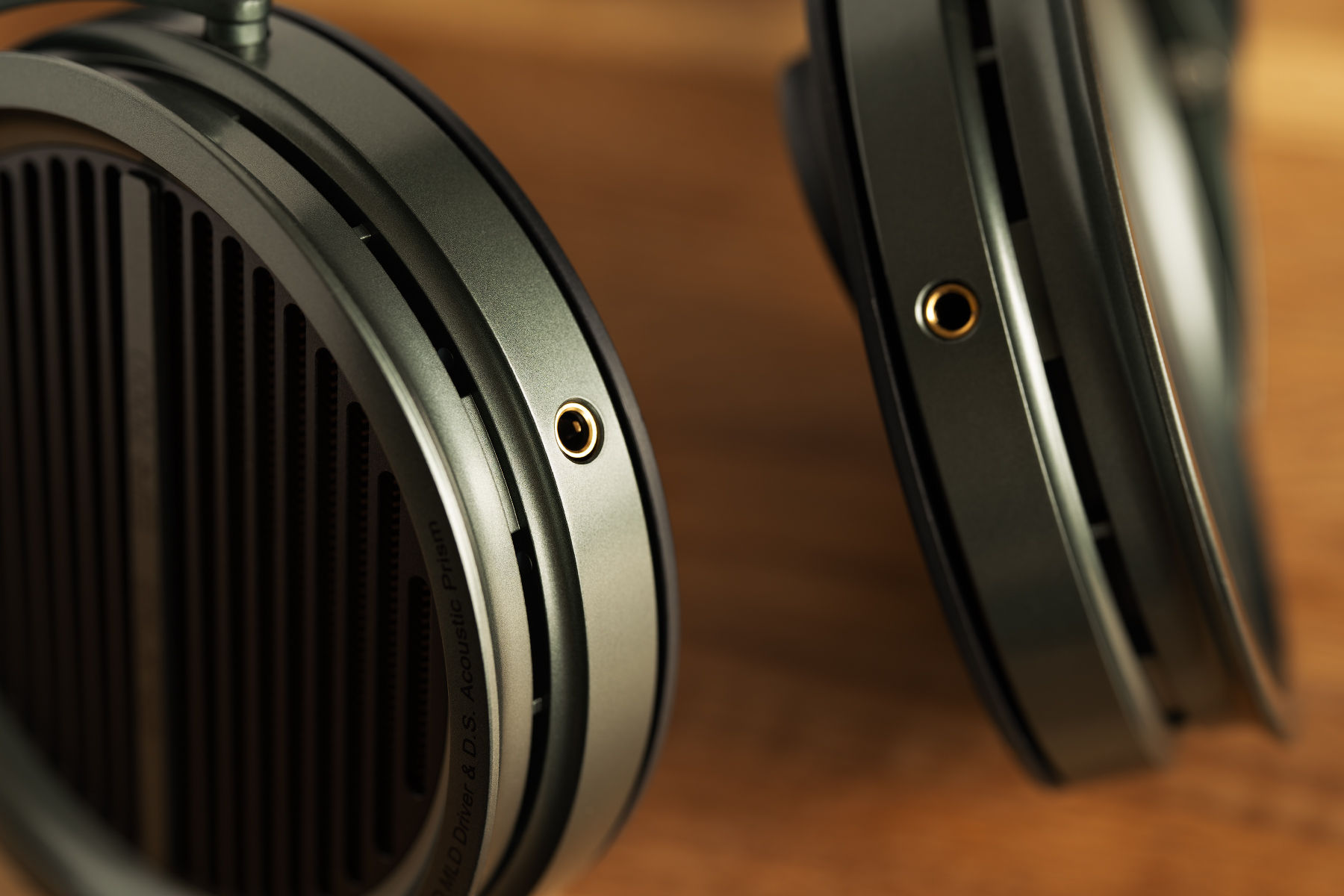
The earcups can rotate about some angle in both directions back and forth.
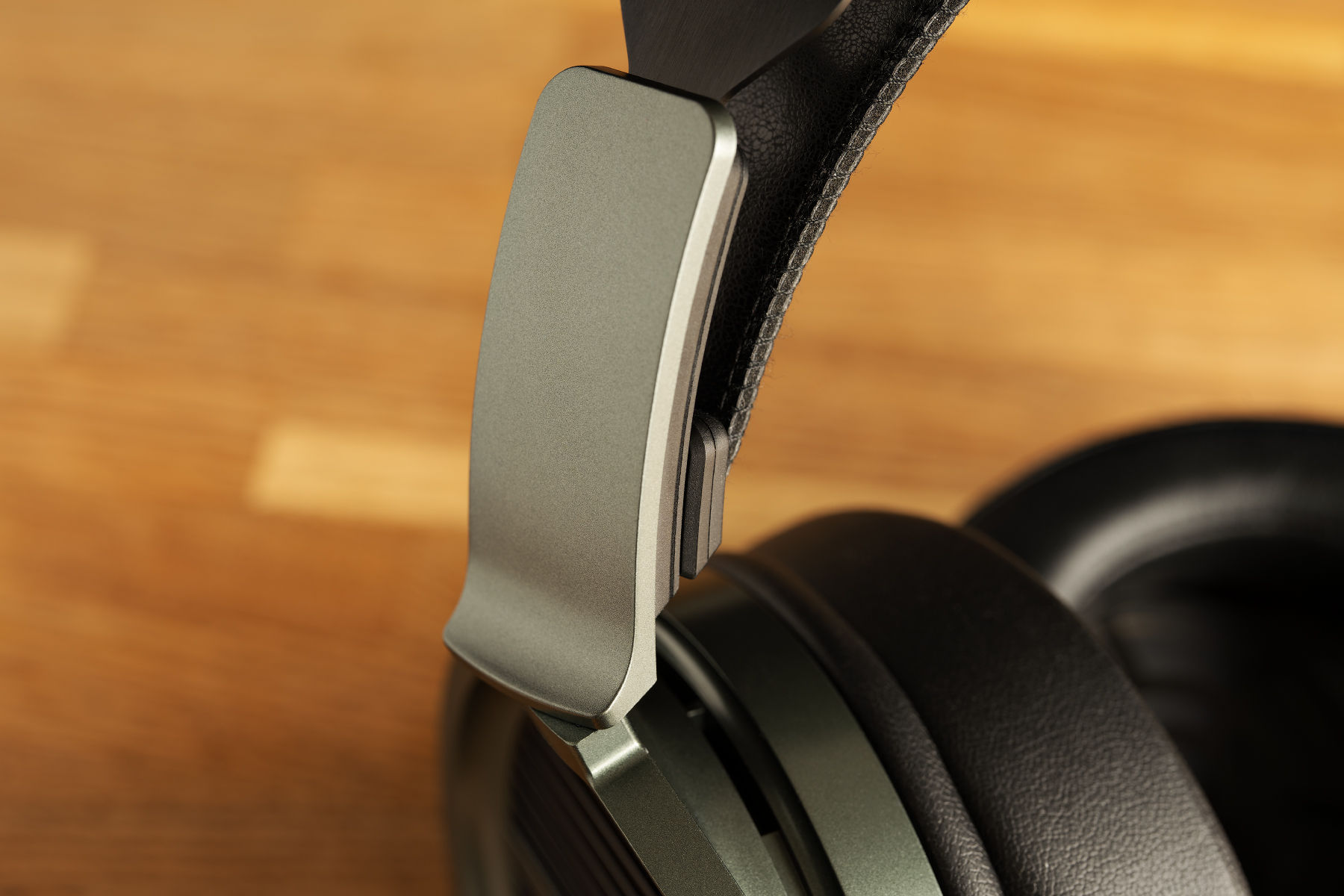
The adjustments for different head sizes are made not by moving the yokes, but by changing the position of the headpad, with which the headphones contact the head.
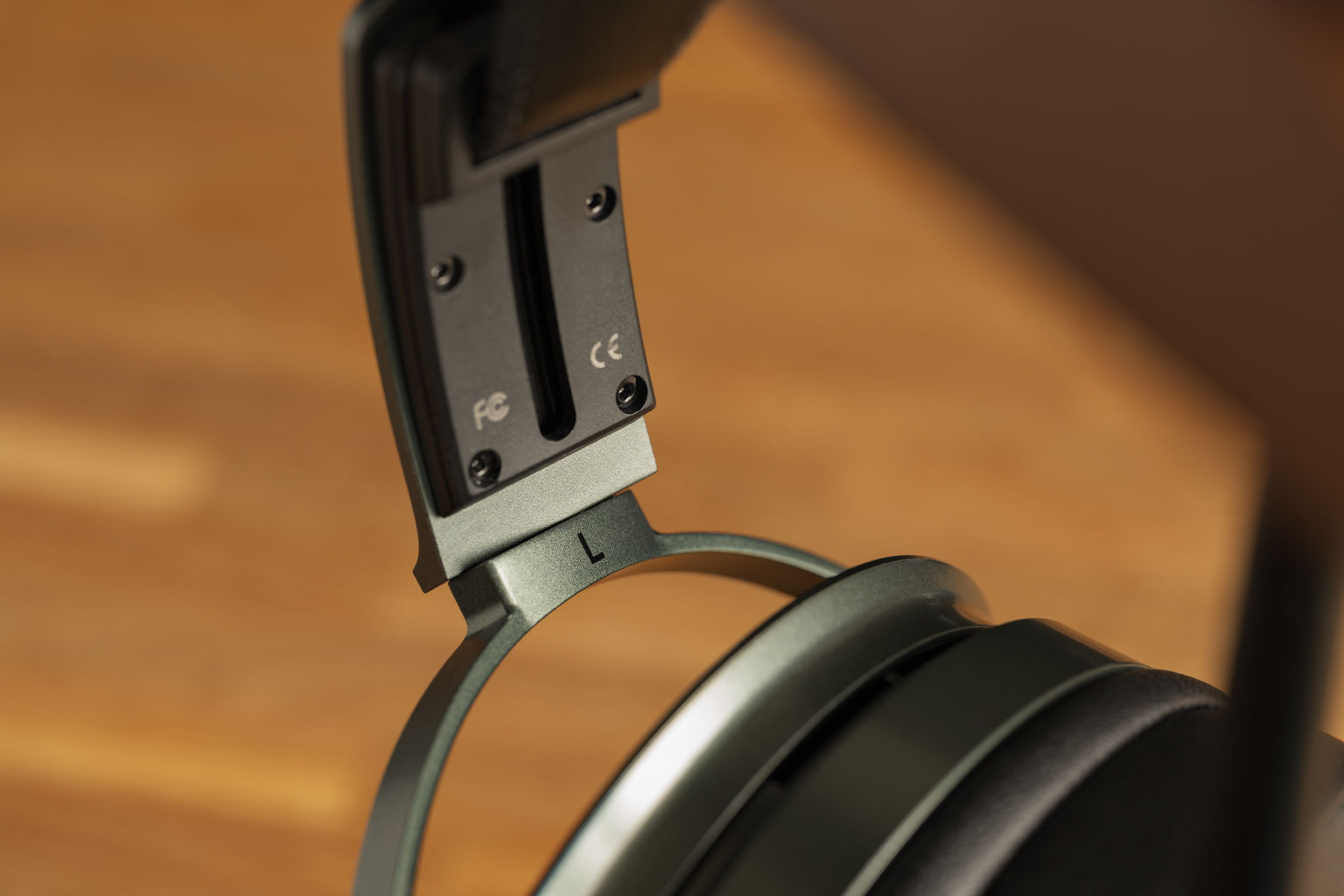
And, of course, the bearing and carrying load of the very headphones is not on the pad, but on the upper metal band.
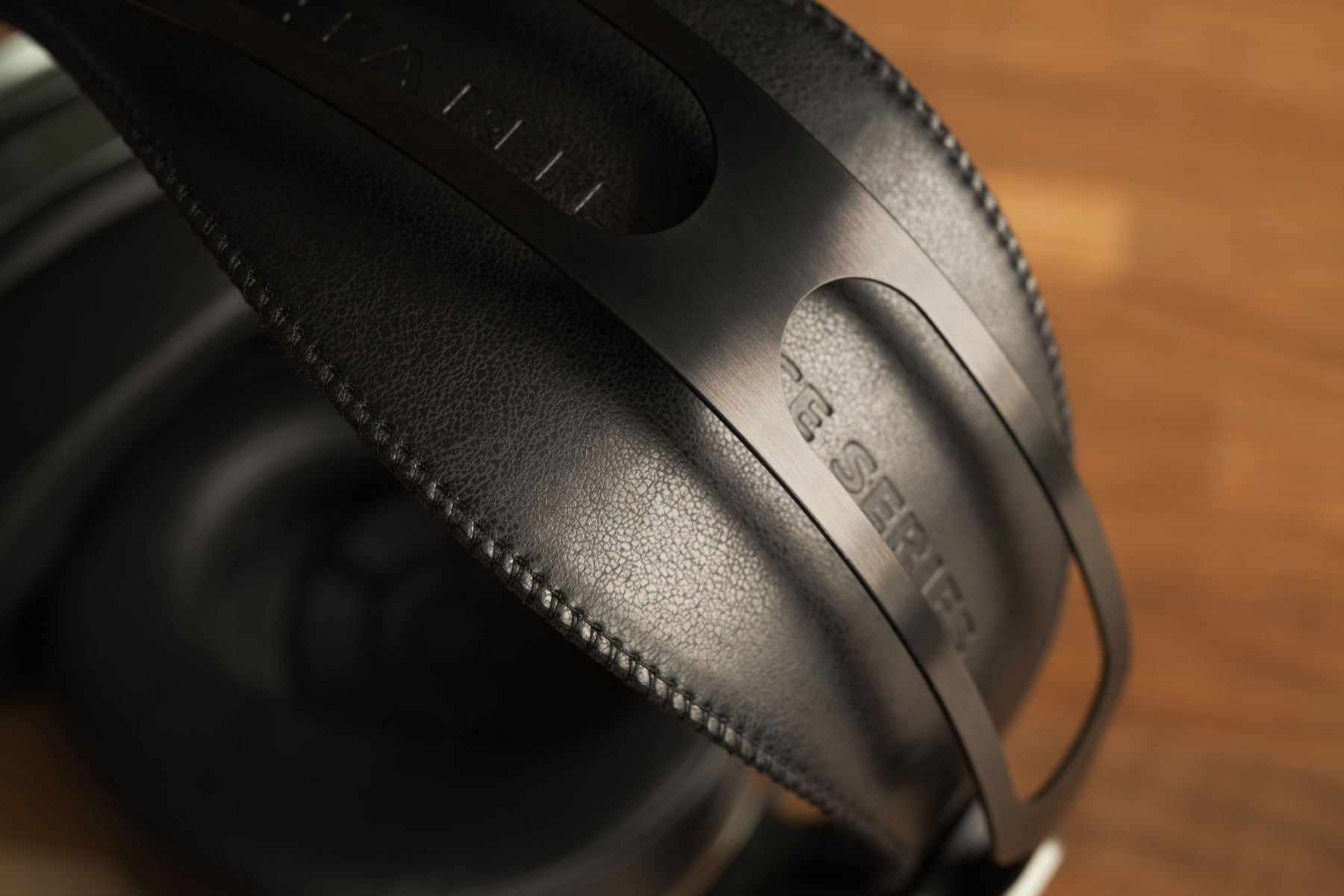
Since SR7000 are based on the same platform as AR5000, they have inherited all the beauty of ergonomics of the predecessor model, namely, from my point of view, a total absence of errors in terms of this very ergonomics, as well as very high quality of manufacture. The headphones don’t creak, nothing becomes fuzzy, there are no threads anywhere — I didn’t find any manufacturing faults.
SR7000 are designed intelligently and even elegantly and made very, very well.
The 50mm dynamic driver is pushed forward and turned towards the auricle at a noticeable angle.
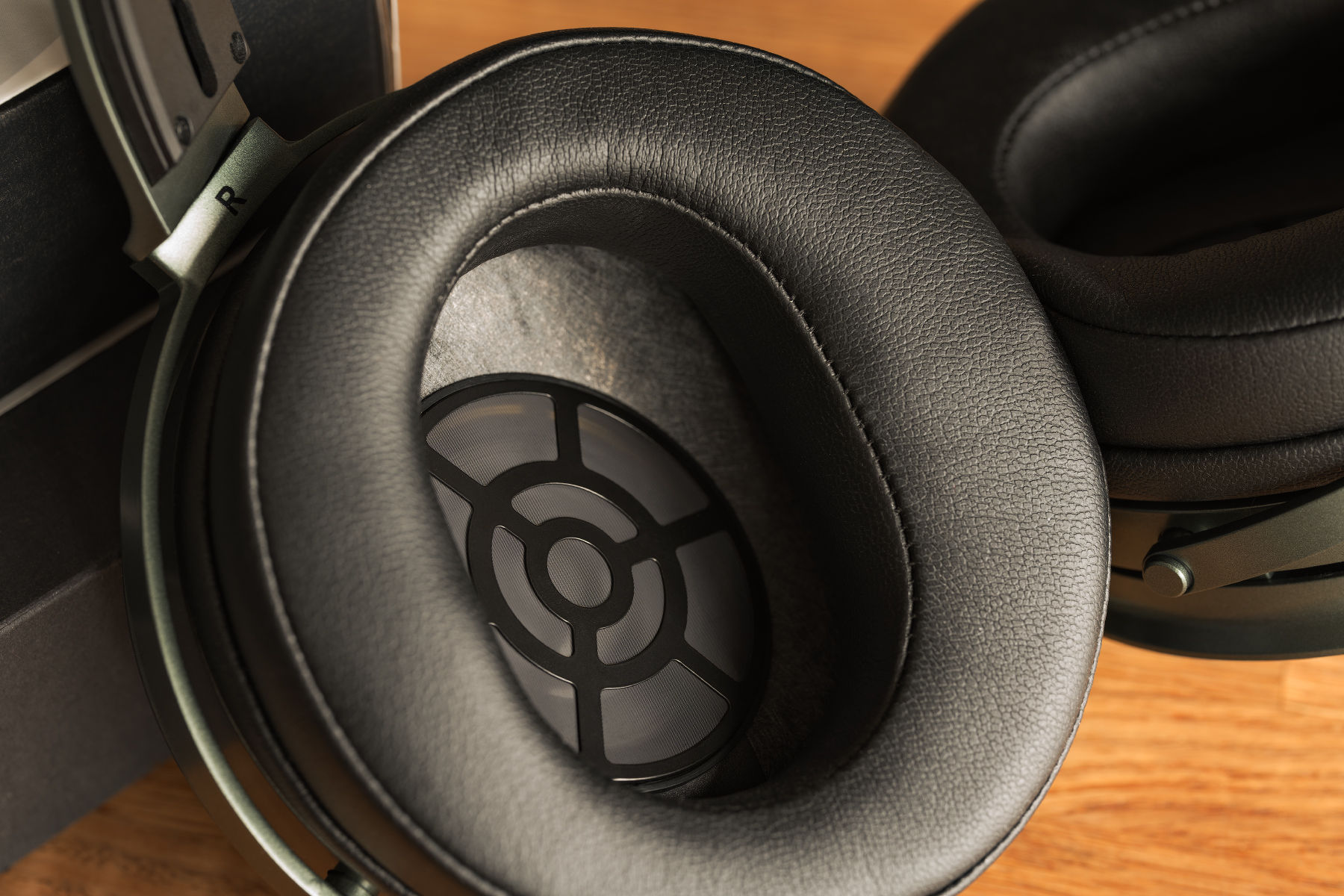
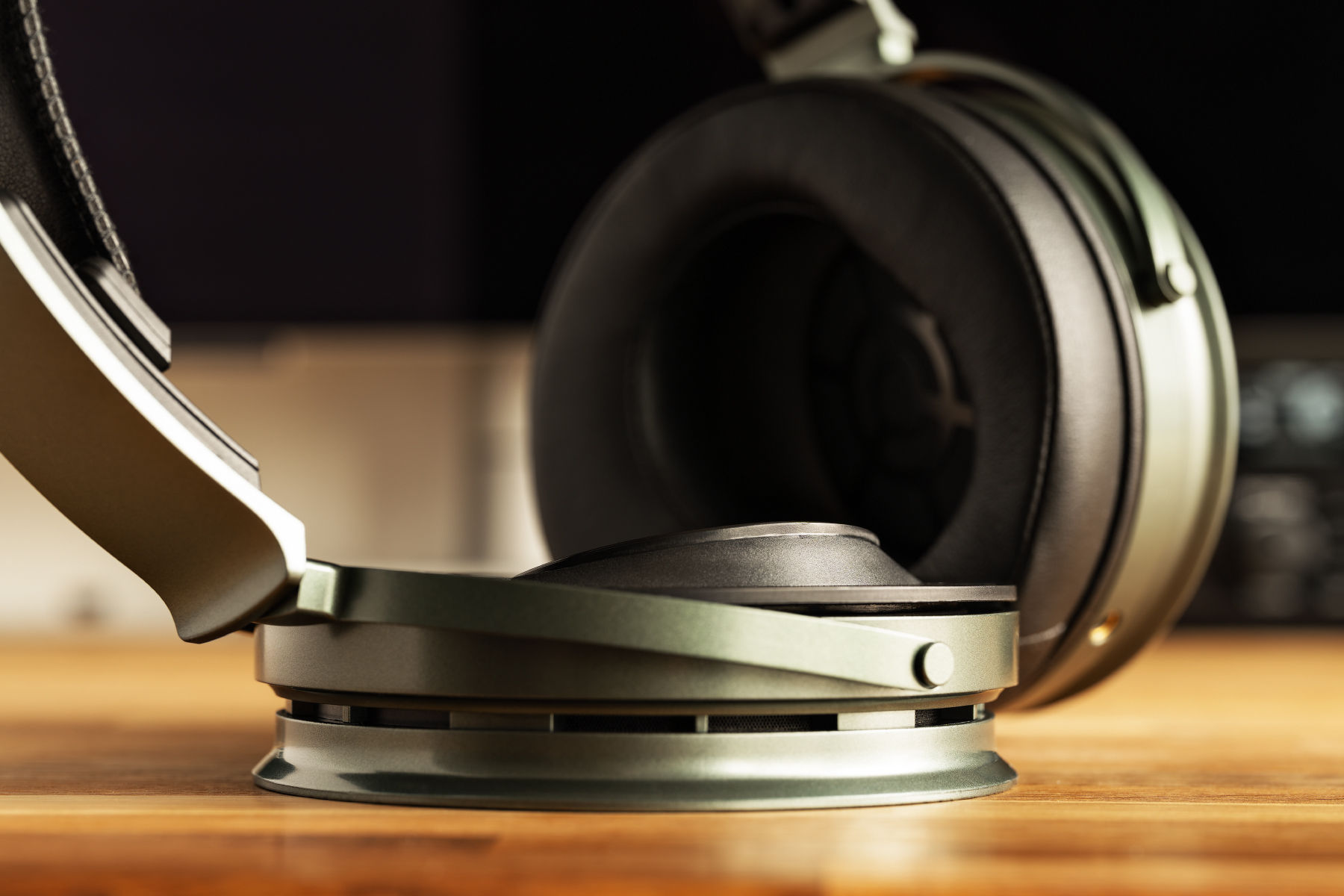
The earpads are soft and voluminous, without perforation, based on shape memory foam material.
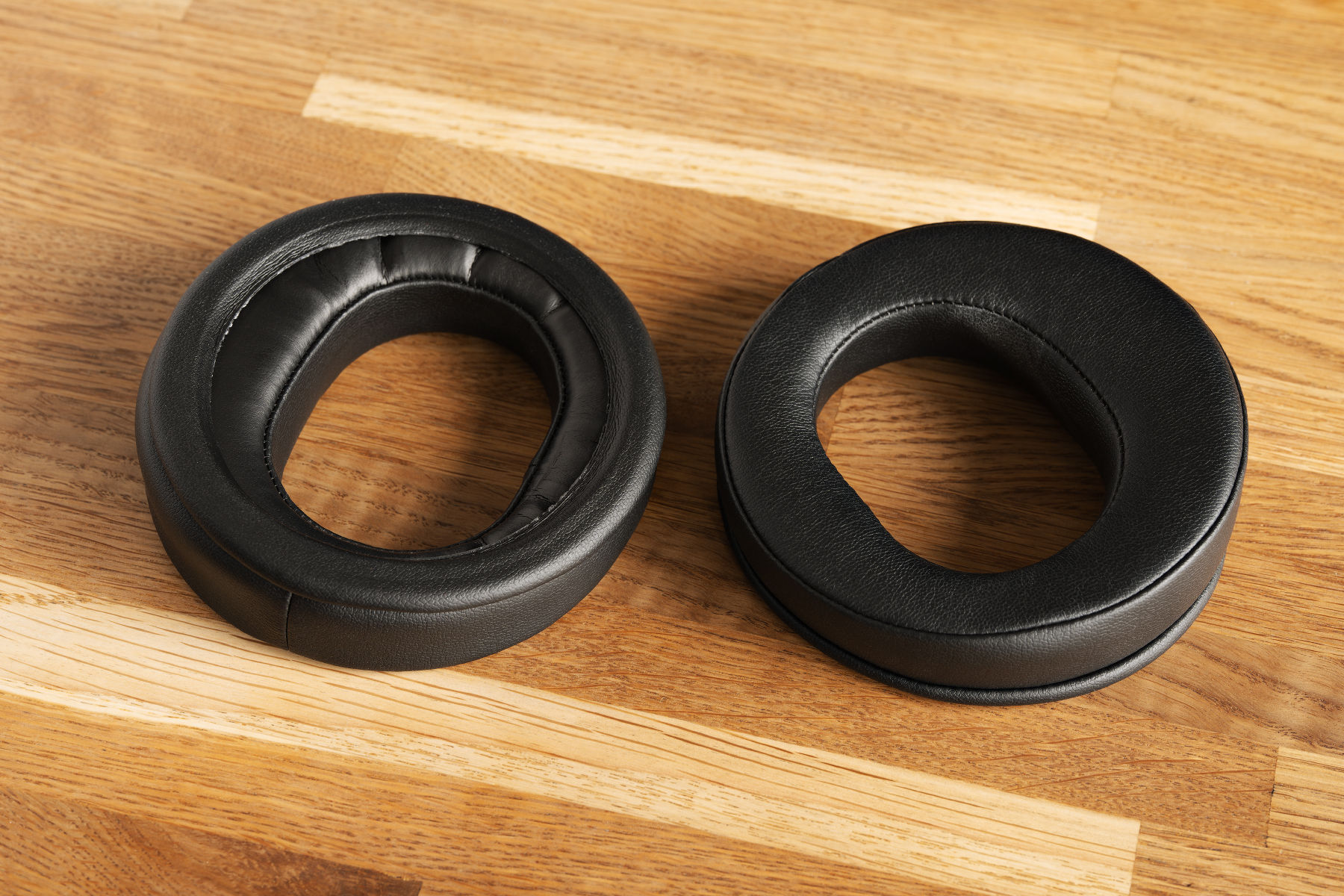
They are beveled to ensure a better contact with the scalp. The thick part is almost twice as thick as the thin one.
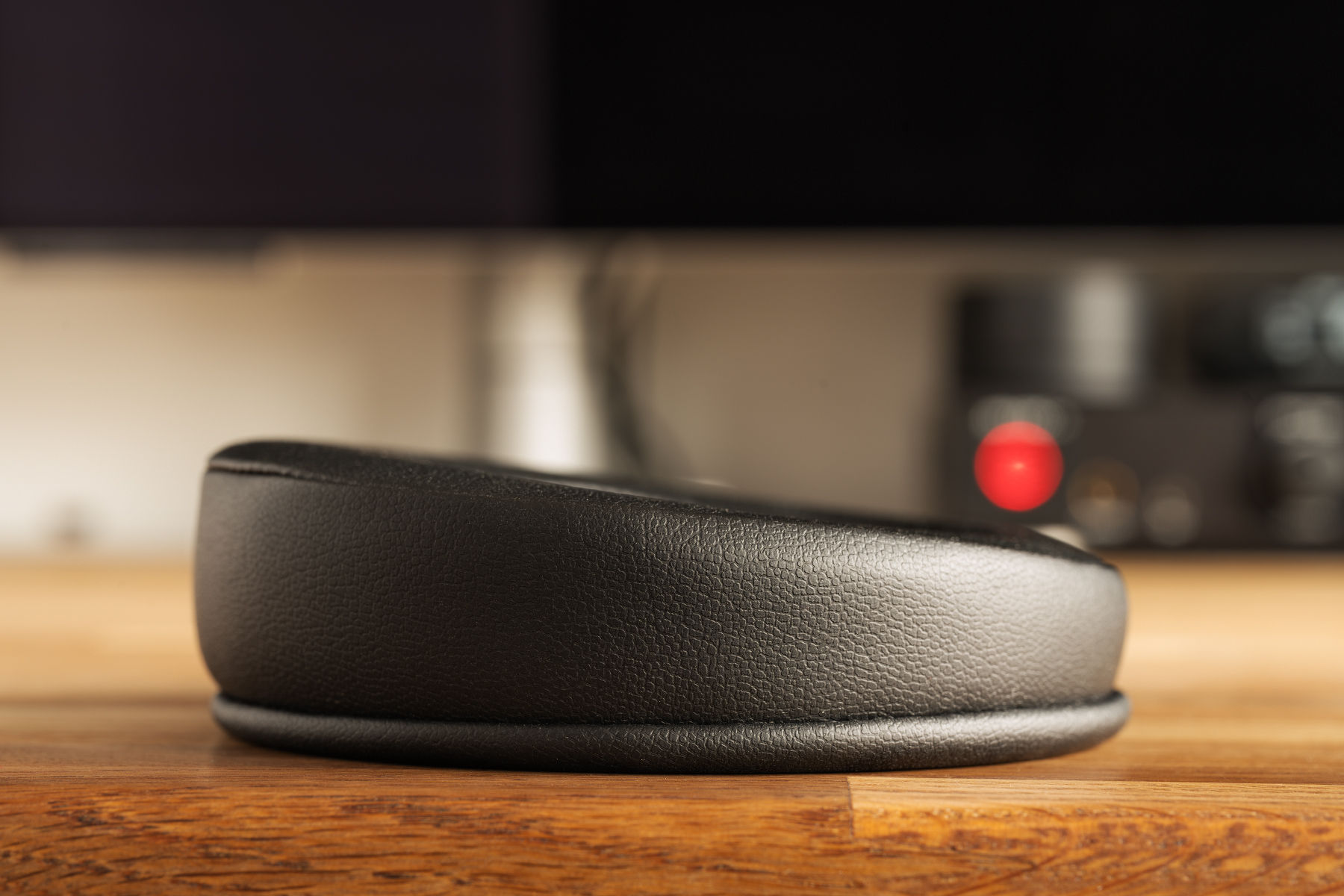
Light weight (390 g), a wide headpad, spacious and soft earpads, as well as light pressure make SR7000 incredibly, amazingly, perfectly comfortable. I’m not saying that these are the most comfortable headphones in the world that I’ve ever used, but, beyond all doubt, this is the second place at the least.
However, I can’t praise the ergonomics of the 3.5 jack cable – it bends badly, it’s hard to untangle it. That is to say, it’s a ‘shape memory cable’.
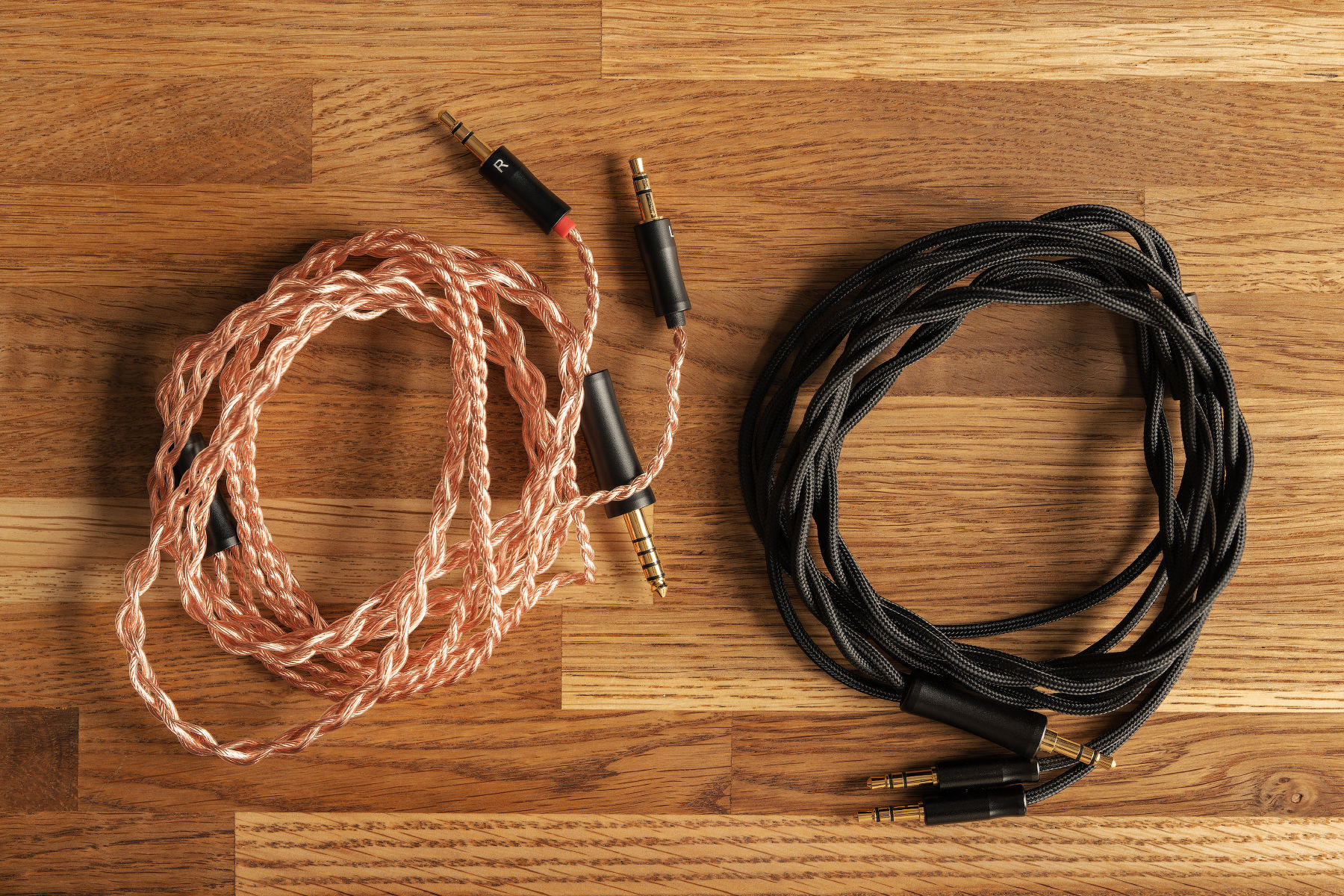
But the balanced cable included is another story. It’s soft, convenient, and very nice.
I’d like to comment particularly on the following stuff: the manufacturer determines the type of the headphones as closed-back, but SR7000 emit the sound from the immediate listener to the outside quite discernibly, while the relaxed fit doesn’t really provide the listener with good sound insulation. Therefore, I’d define them as ‘75% closed-back’ headphones. Just keep this in mind.
The sound
Let’s start with the measurements. You can read about my measuring rig here. Listening was performed through RME ADI-2 DAC fs, Hiby R6 III, and Fiio K11 R2R. With an impedance of 55 Ohms and a sensitivity of 106 dB, it doesn’t really matter what source to use.
Frequency response of Aune SR7000 in the standard position:
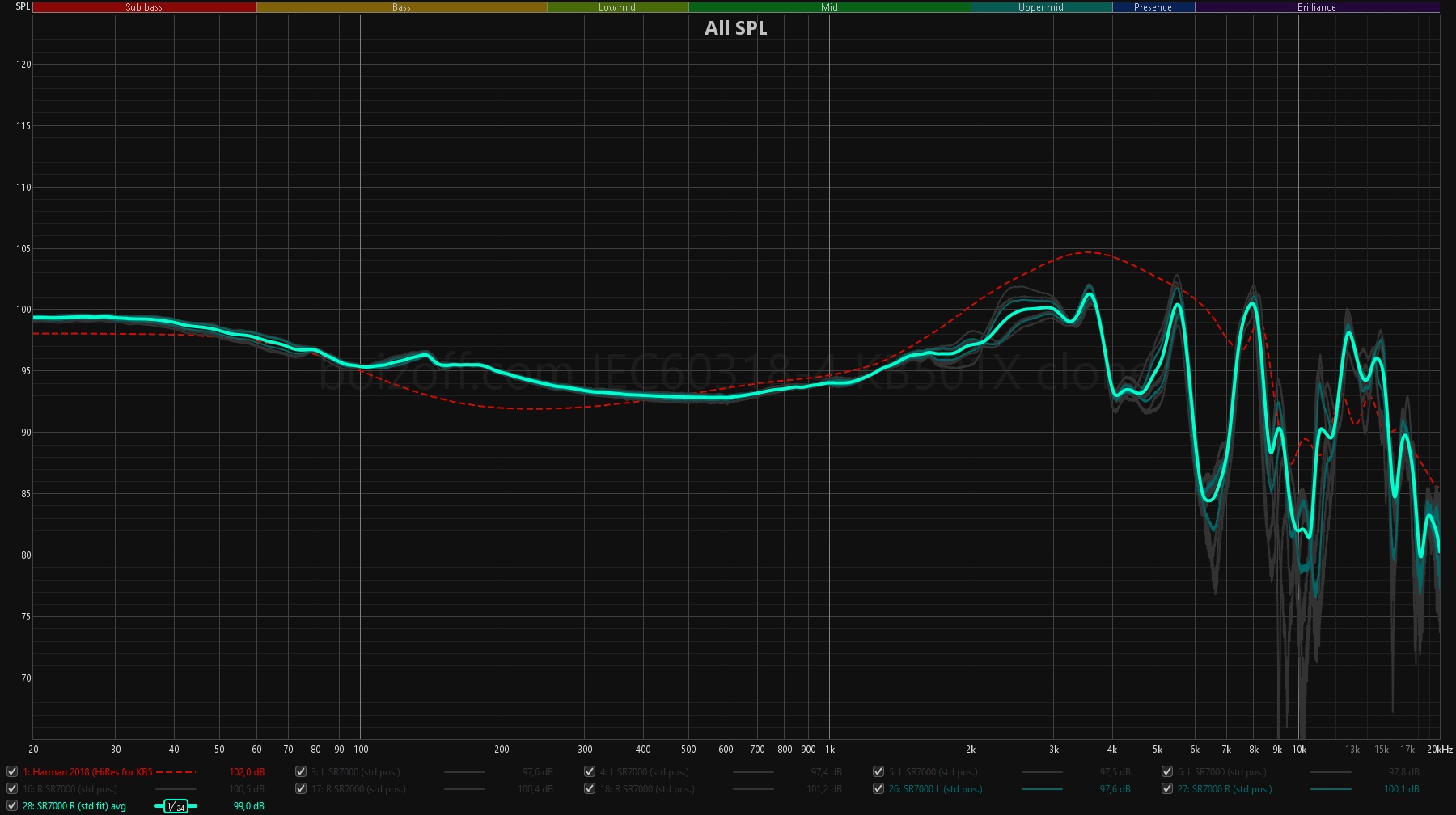
At the moment, I’m not going to make any comments.
Dependence of the SR7000 frequency response on forward and backward turns:
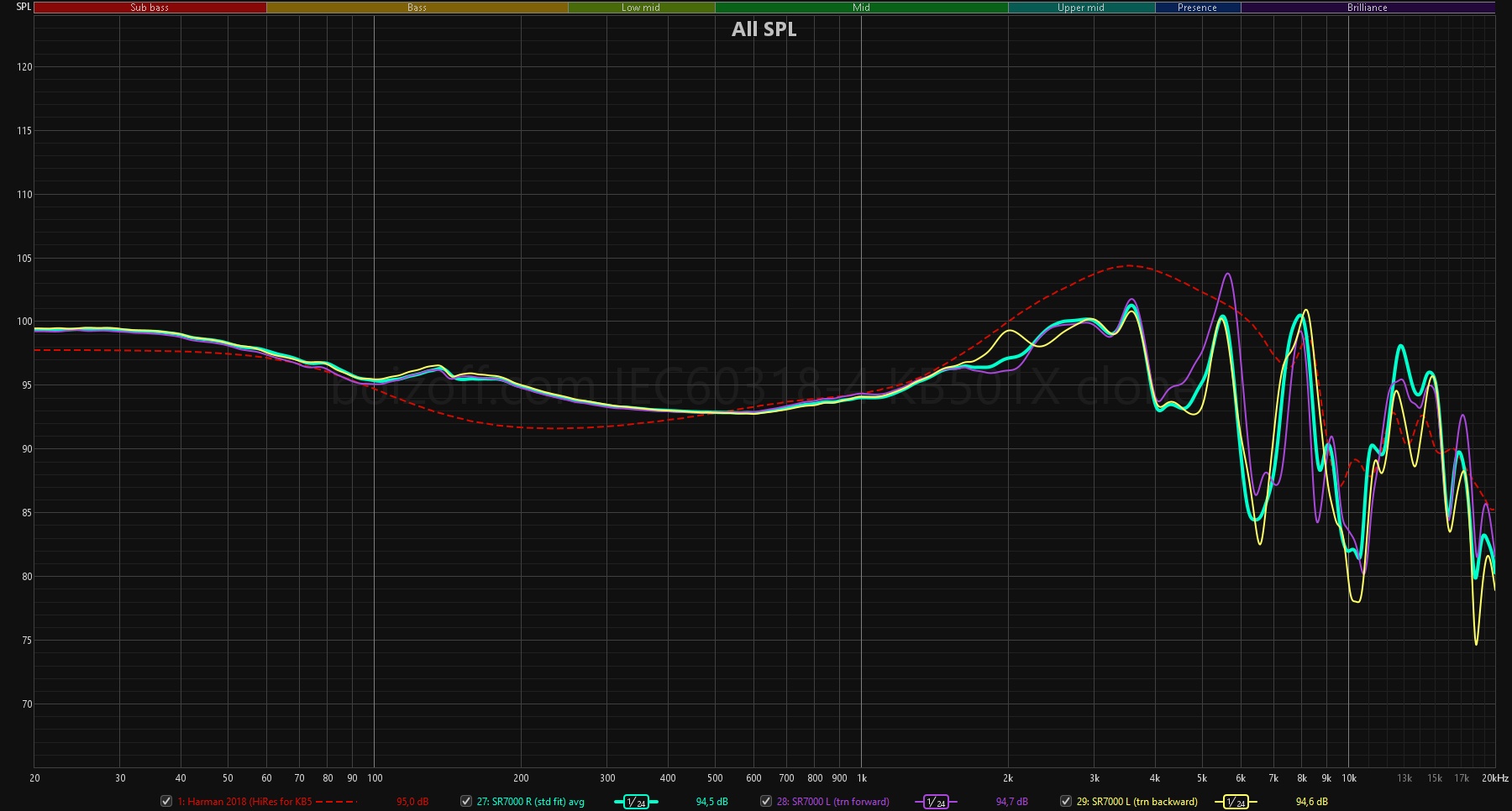
Dependence of the SR7000 frequency response on forward and backward linear shifts:
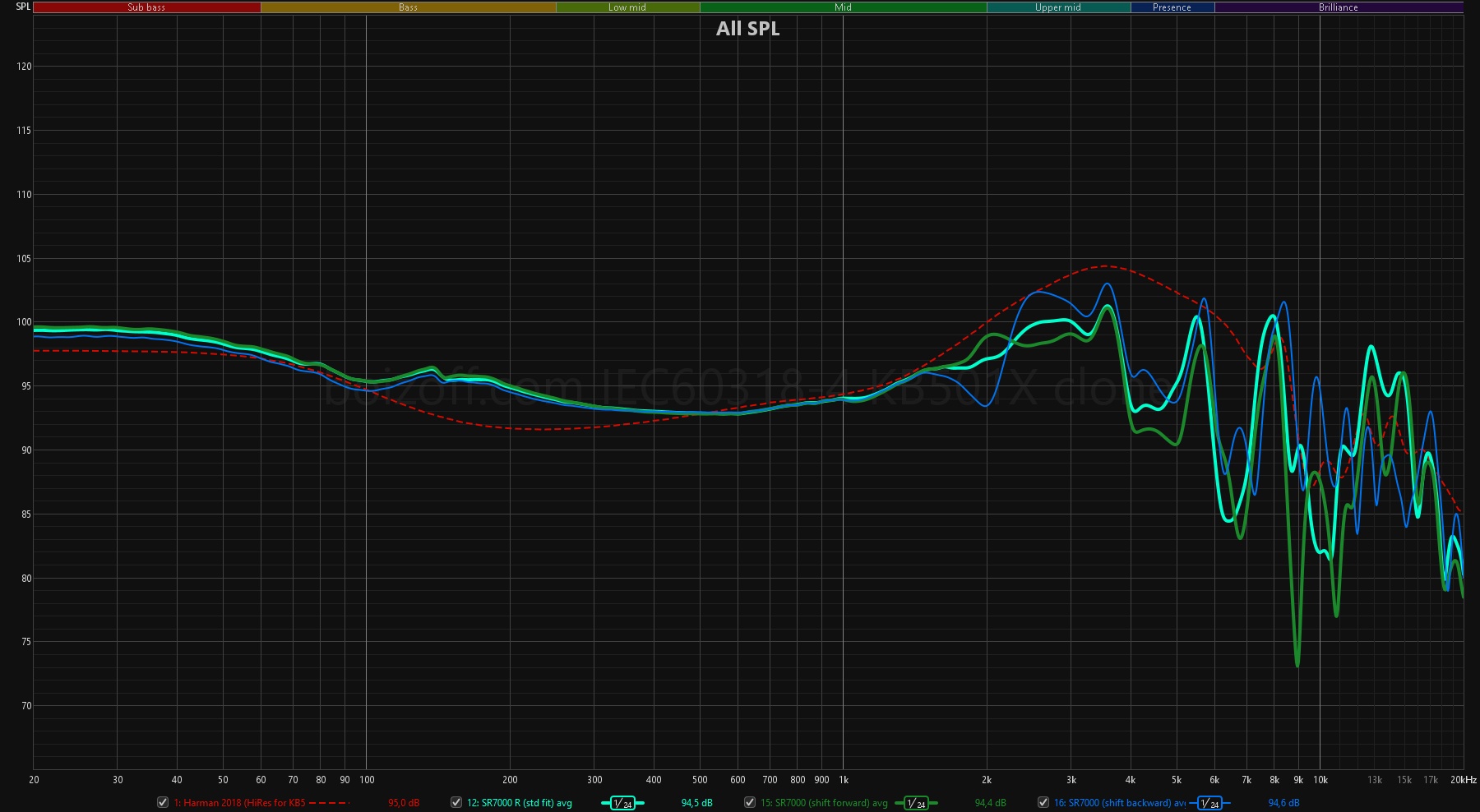
The effect of shifting back is interesting here: the volume of the 2.5-3.7 kHz segment is ‘restored’, but the one of 2 kHz drops.
SR7000 frequency response with a minimum air gap between the earpads and the measuring rig, with a standard fit:
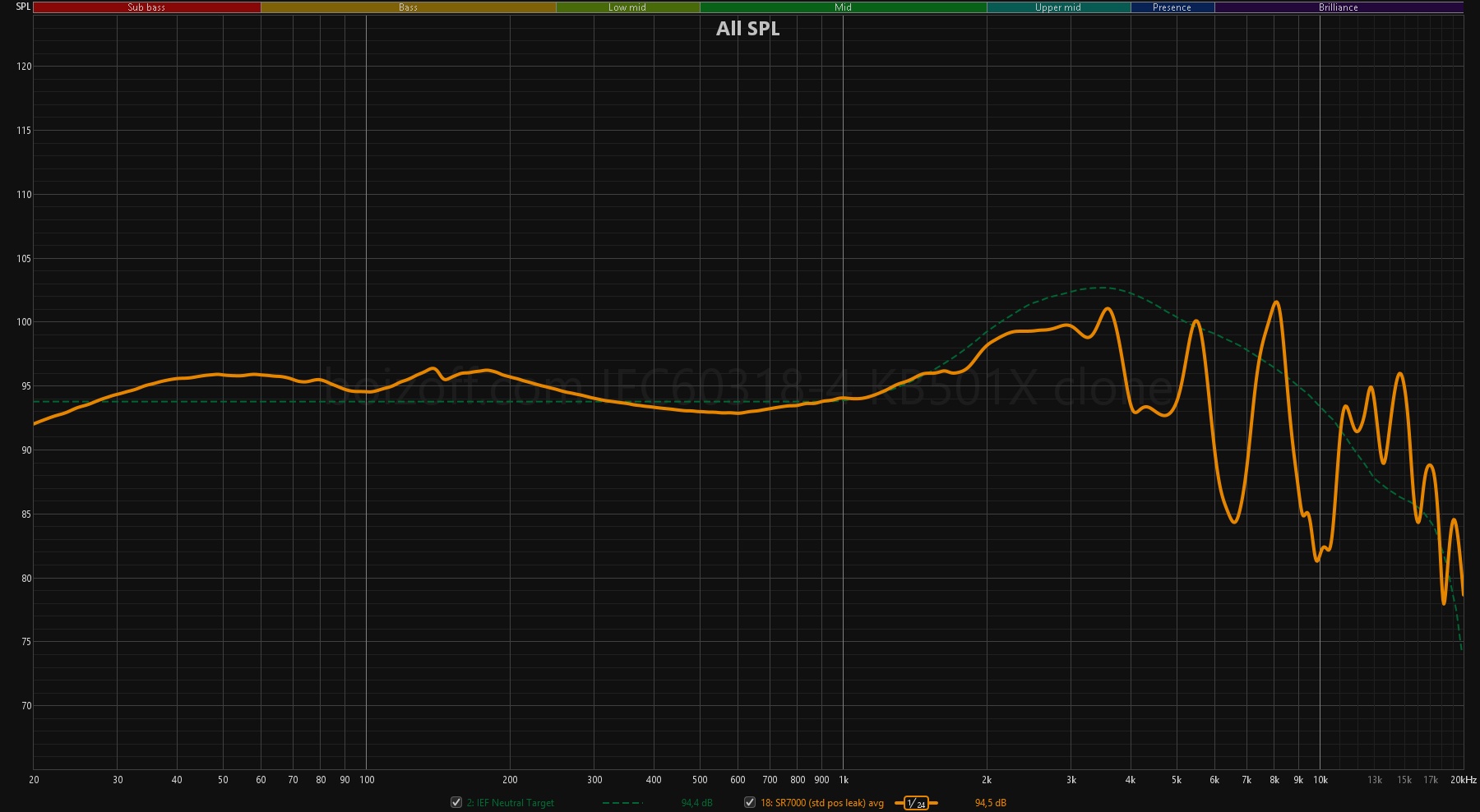
And it is precisely the last picture that reflects how SR7000 sound: ‘lukewarm’ due to the rise on the bass, slightly ‘darkened’ due to dips in the upper middle, and rather ‘airy’ due to focusing on the 10-14 kHz range.
This is a comfortable, utterly non-aggressive sound that doesn’t irritate at all. And this is true for any musical content. As an advantage, I can note a fairly linear segment of 20-1,000 Hz, as well as the absence of a dip in the 1-2.6 kHz segment. The last feature is a frequent trouble of open-back headphones or a deliberate move of manufacturers who are afraid to make this segment at least somewhat expressive because it can make the sound of headphones shrilly at high volume. But SR7000 don’t have this problem.
Dips by 7 and 10 dB at around 4.5 and 6.5 kHz respectively are sad; this is perceived by the brain as a lack of detail and results in a general low tonal reliability of sound. Interestingly, AR5000 didn’t have this oddity:
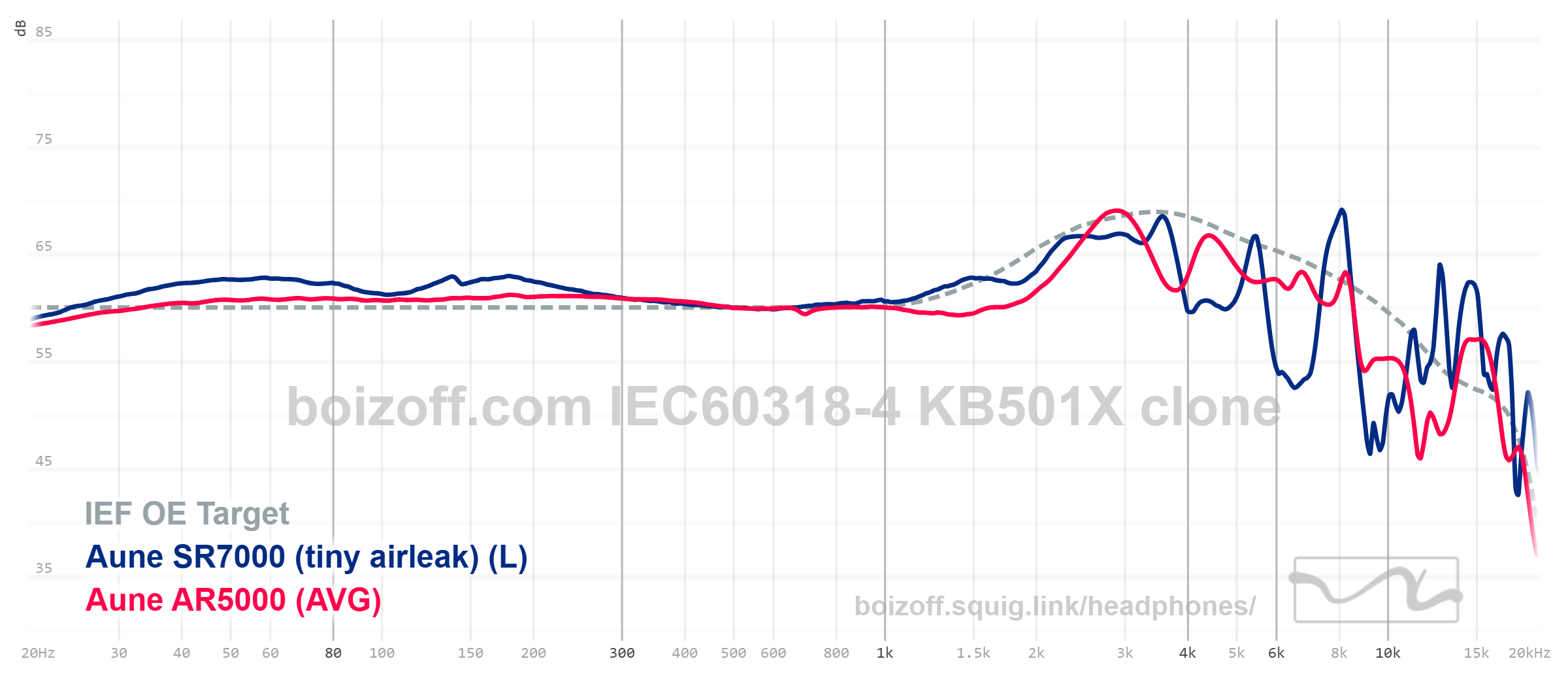
Overall, the SR7000 sound feels like a pair of slippers. They’re very comfortable, you can walk around the house tirelessly all day, but you’ll neither run 100 meters nor go to the mountains, as well as will get your feet wet in the rain in them. The SR7000 sound will please those who are not looking for any special ‘detail’ in the sound delivery, who don’t need a sharp subbass or a striking bass, who don’t appreciate carefully calibrated realism. The main thing that these headphones do is that they never tire your hearing, making any music deemed ‘pleasant’ and ‘soft-core’, be it Rage Against The Machine or Stravinsky. Besides, they add some width to the virtual sound stage.
Let’s finish with the measurement graphs.
Nonlinear distortion (with the ‘Use harmonic frequency as ref’ option off and on) at 94 dB is quite good:
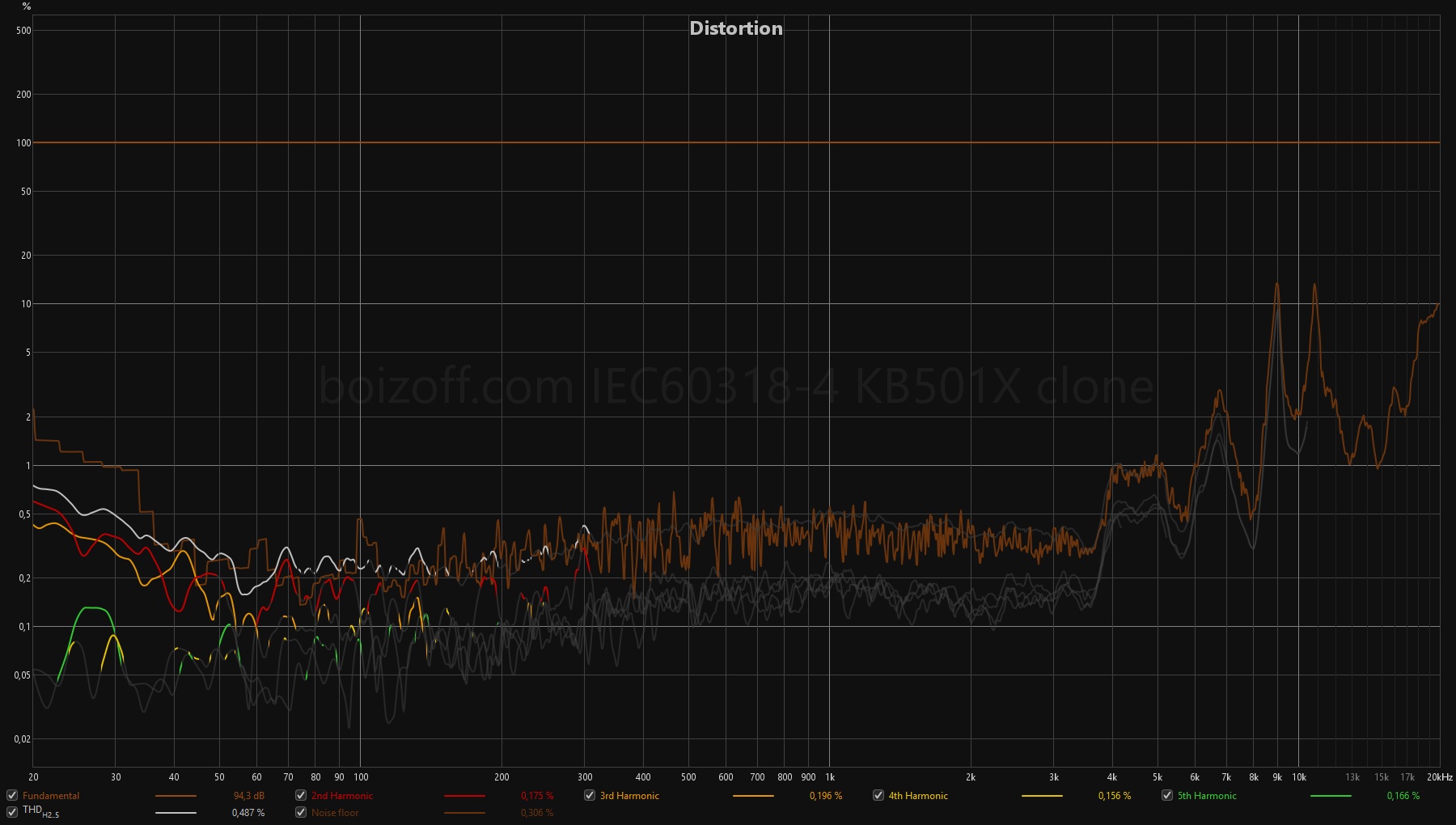
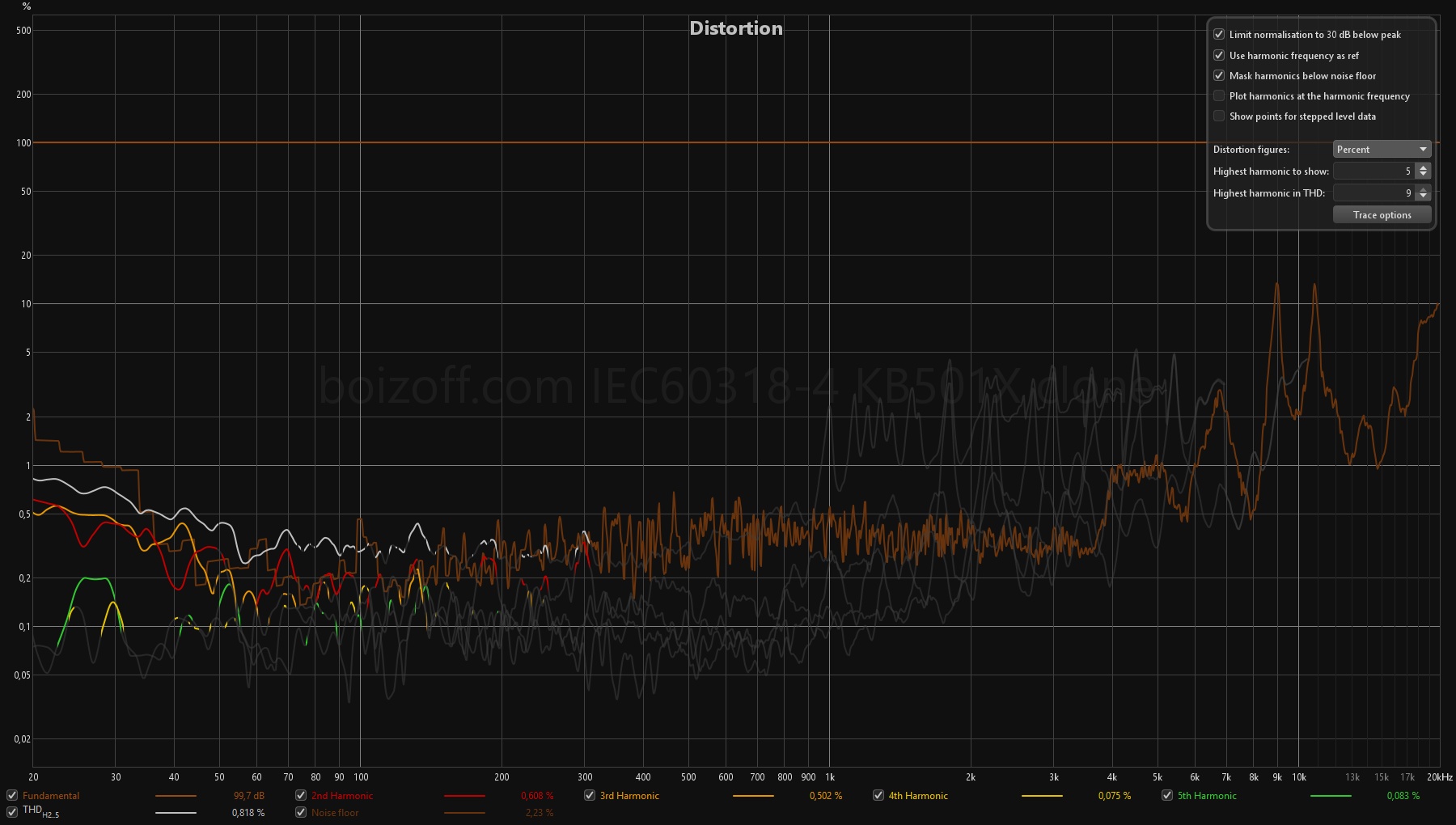
Minimum phase response (I’m putting it here just for form’s sake because it looks like an aberration of the rig measurements):
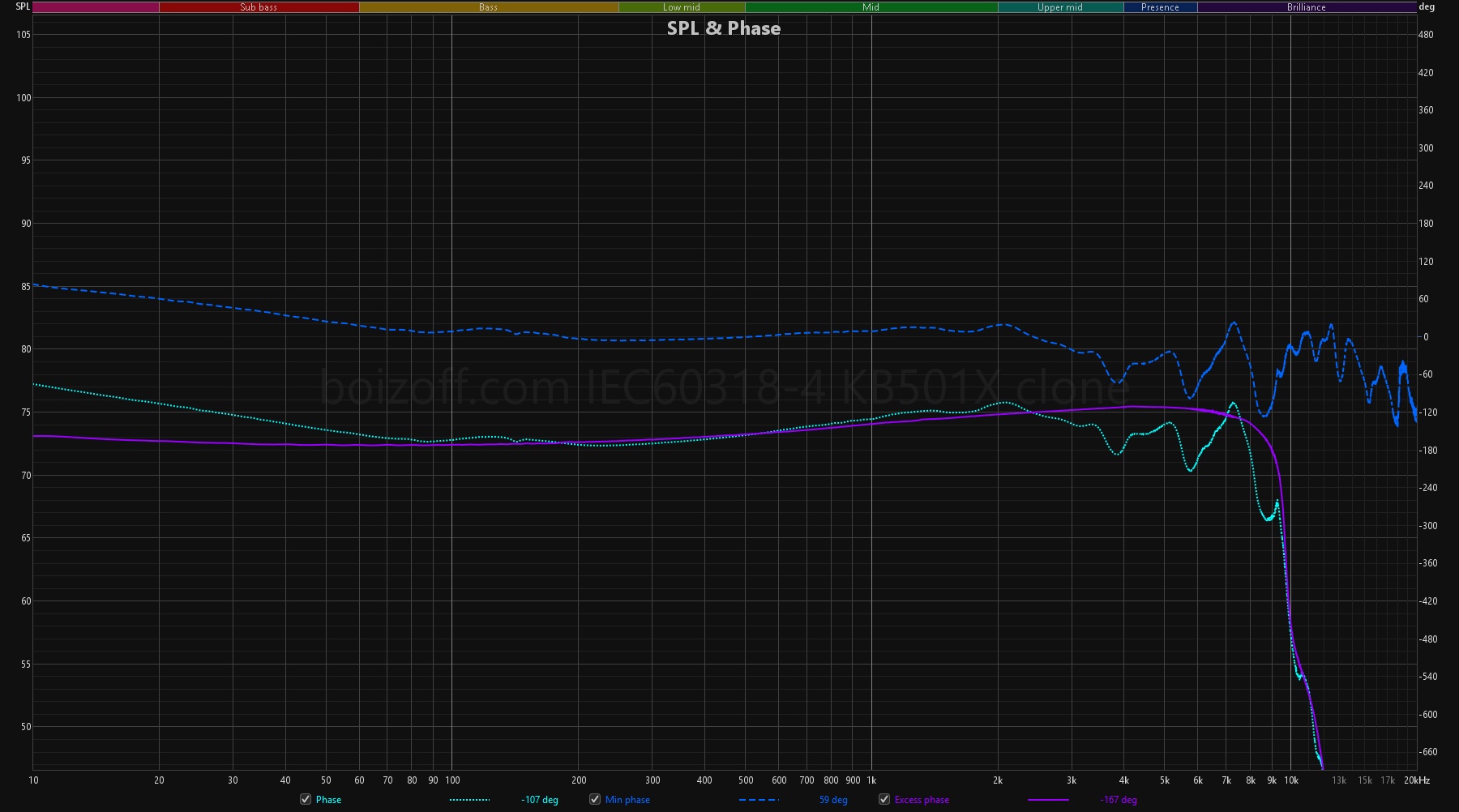
Group delay:
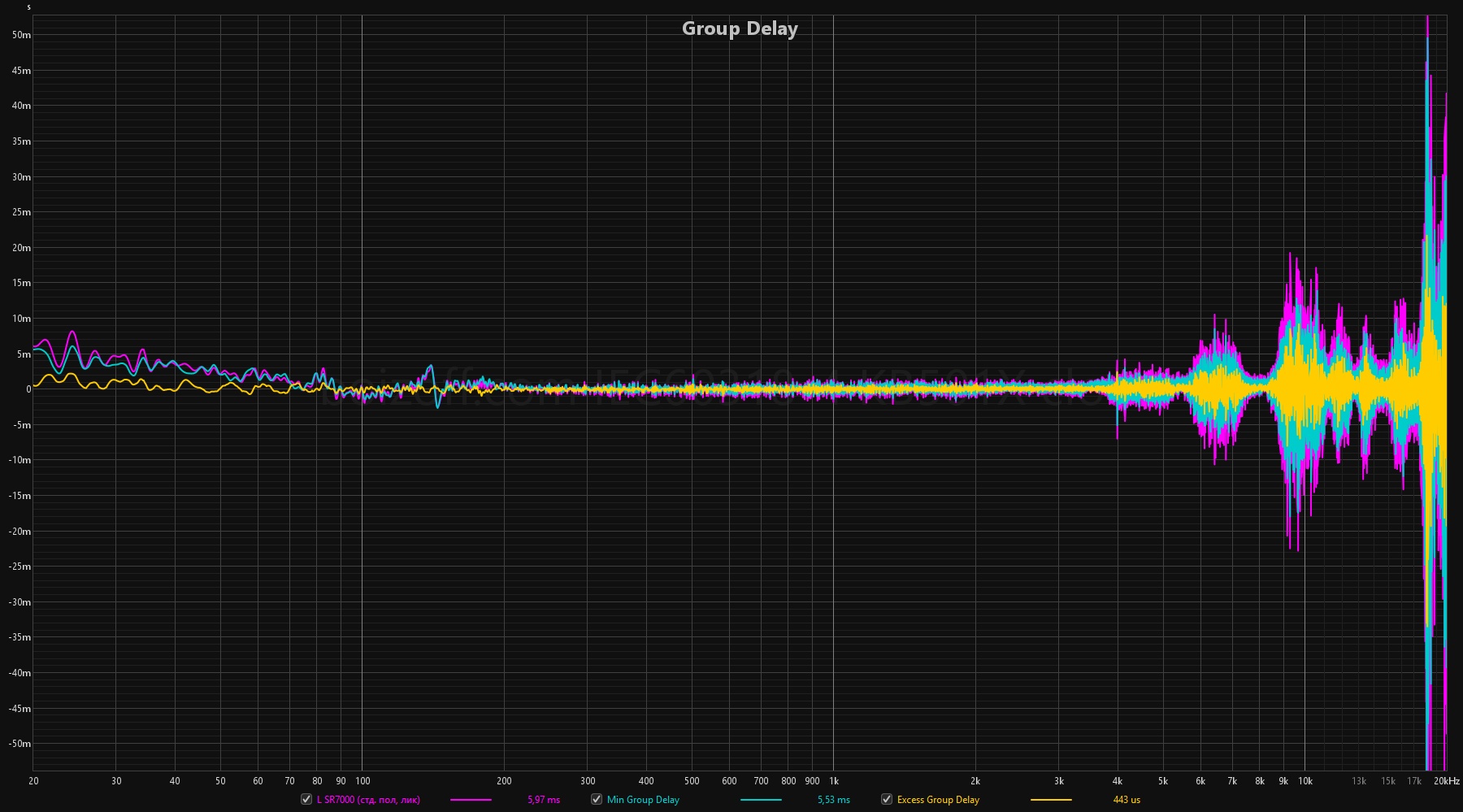
Spectrogram in the ‘Burst decay’ mode:
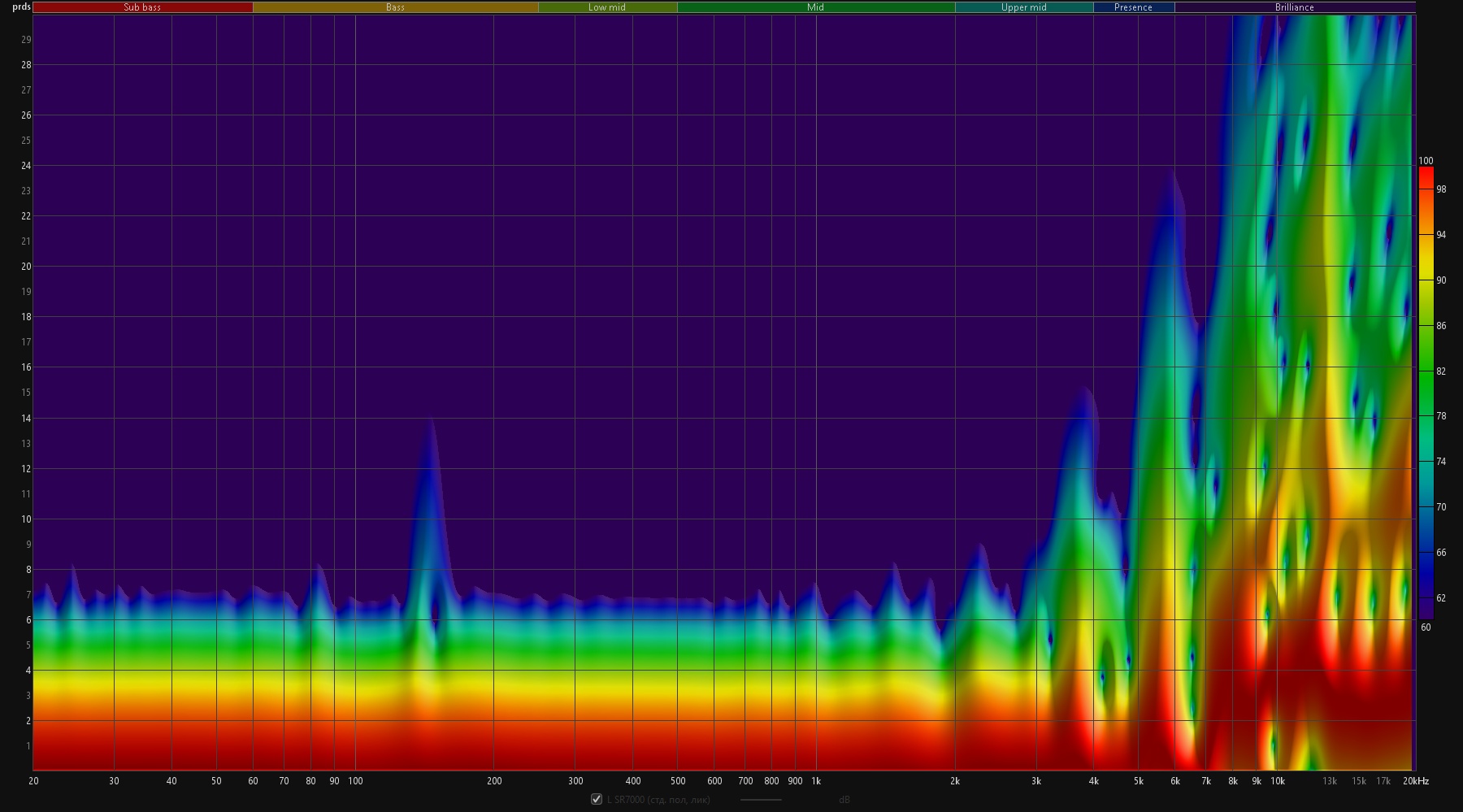
Everything is more or less OK here. Only the area around 150 Hz is intriguing: the delay is twice as high as the average, and there is a slight break in the frequency response graph.
In general, there’s nothing crucial here although the spectrum in the 3-10 kHz range usually looks quieter and is limited to values up to 12-14 cycles when it comes to closed-back headphones.
Comparisons
As it is known, there are not so many good closed-back headphones in the lower-to-middle price bracket in the market, so there will be only two comparisons.
Frequency response of Aune SR7000 compared to M12 Titan Meister ($460 in the official store):
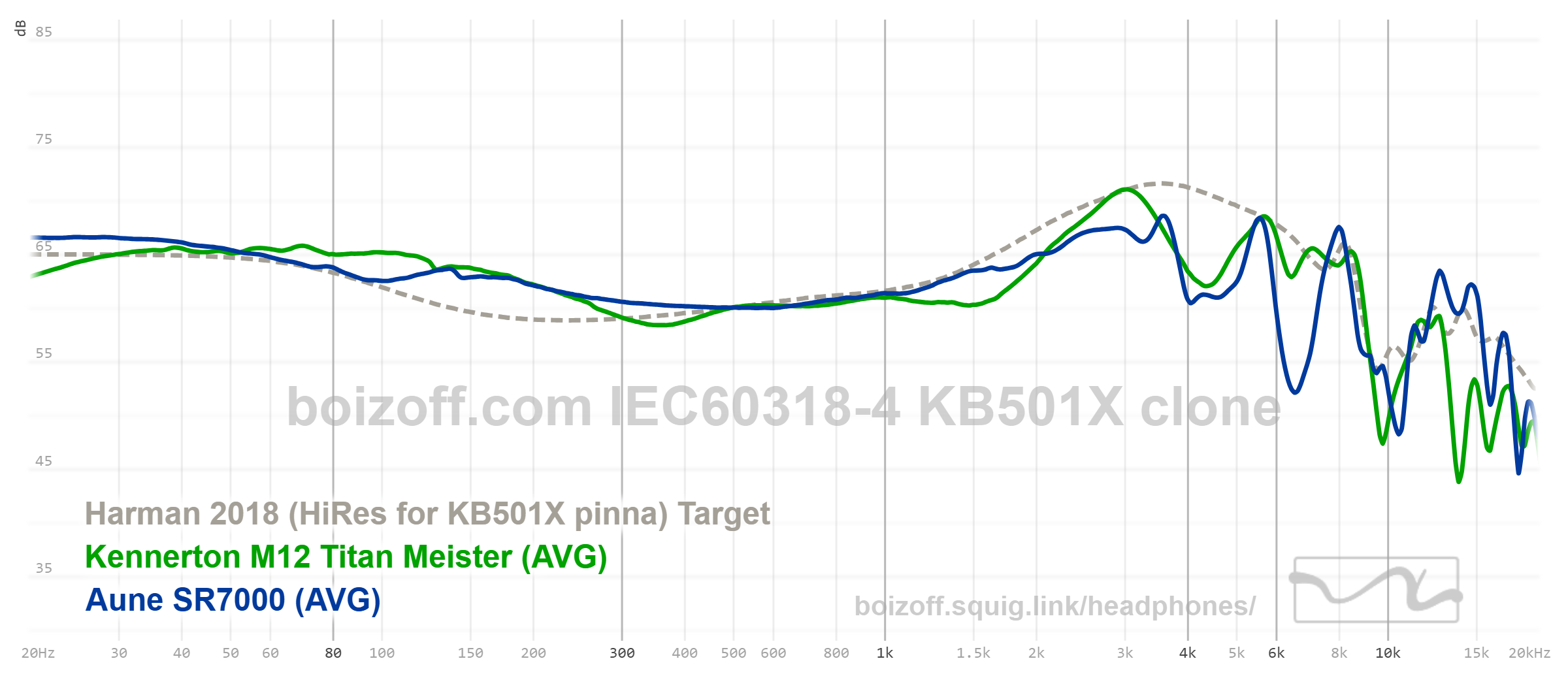
These measurements are made without taking the air gaps into account. However, this doesn’t prevent us from evaluating the right side of the graphs: Meister will sound ‘closer’ (see the section around 3 kHz), ‘more detailed’ (see 6-8 kHz), but slightly less airy (see 11-15 kHz). And from my point of view, in terms of sound, Meister won this round. If we don’t talk about the sound, Meister will be inferior to SR7000 in ergonomics (anything will be inferior to them, geez!), but the price difference is more than $100, too.
Frequency response of Aune SR7000 compared to Fiio FT1 (some $168 at the moment in the official Fiio store on Aliexpress):
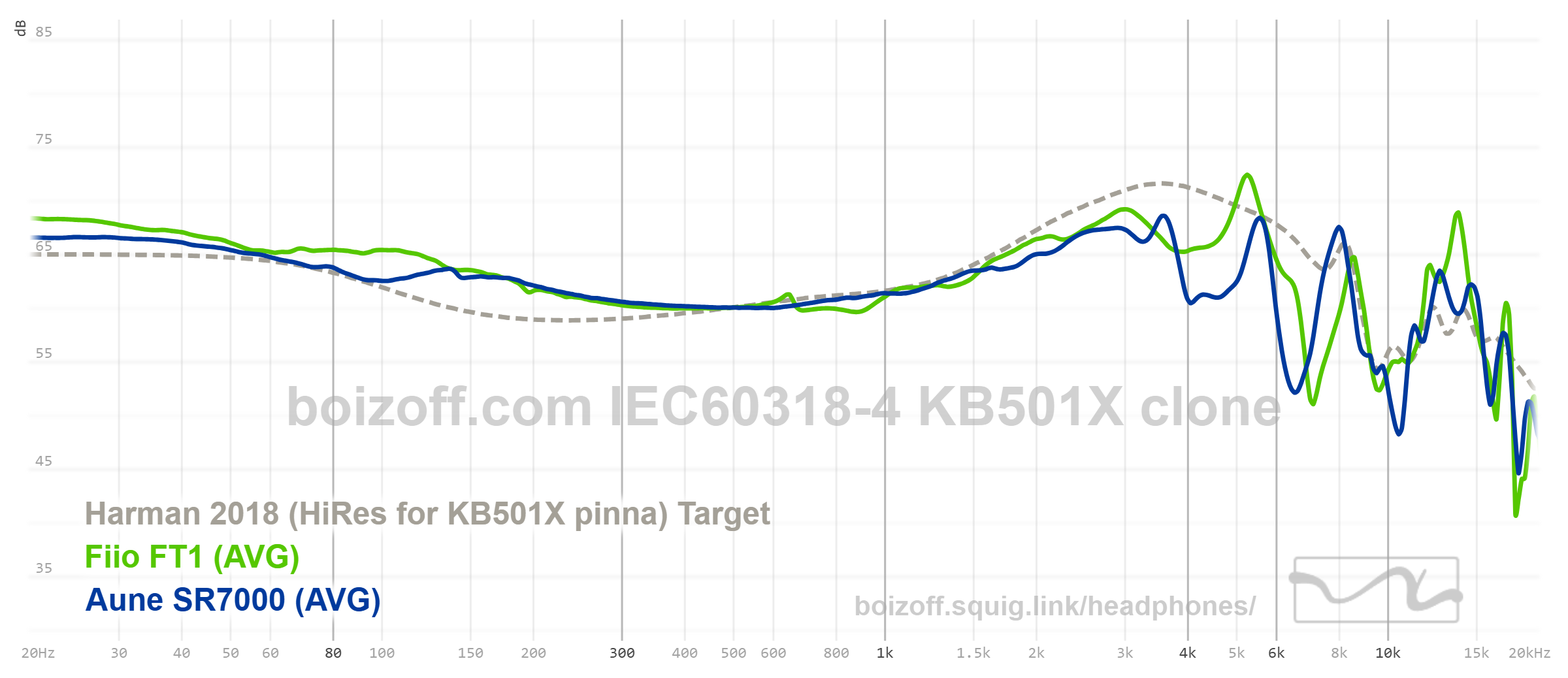
Again, these are measurements without taking the air gaps into account, but still, FT1 are better in the 3.5-6 kHz segment, although they have a peak at 5.3 kHz. And, well, FT1 are not so accurate at ultra-high frequencies. Otherwise… the sound is almost identical, and this is with a three times difference in price. Although, of course, it’s pointless to compare the production quality and convenience here as SR7000 win immediately and unequivocally on both counts.
Summary
Joking apart, these headphones are really controversial. They’re beautiful, freaking comfortable, well-crafted, with a cool original case and two cables. My claims lie in the price-sound coordinate plane: such a sound should cost less. If the manufacturer was aiming for a darkened sound delivery, then I’d expect a more even midrange. If it was aiming for the Harman curve, it totally missed. If Aune was trying, just as it writes on its website, to make closed-back headphones that would sound like open-back ones, as a first step, I’d love to look at a clear criterion for drawing a clear and thin line between the sounds of open-back and closed-back headphones.
While AR5000 were (and still are) headphones with great sound and excellent ergonomics for their price, I don’t see this balance in SR7000.
To buy or not to buy: buy only after listening and with full awareness of what exactly you’re paying for.

